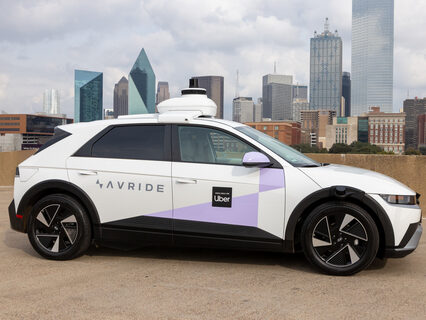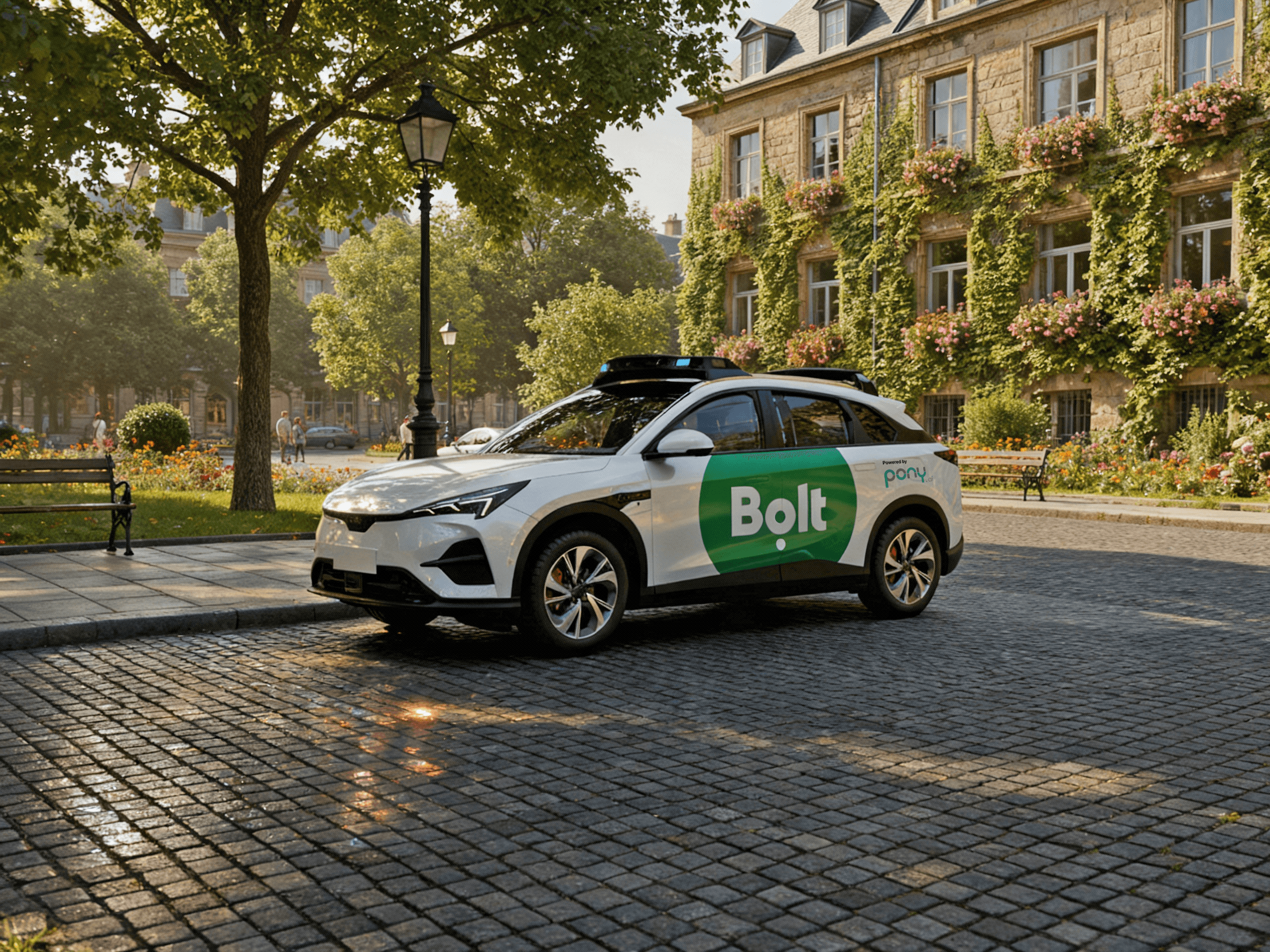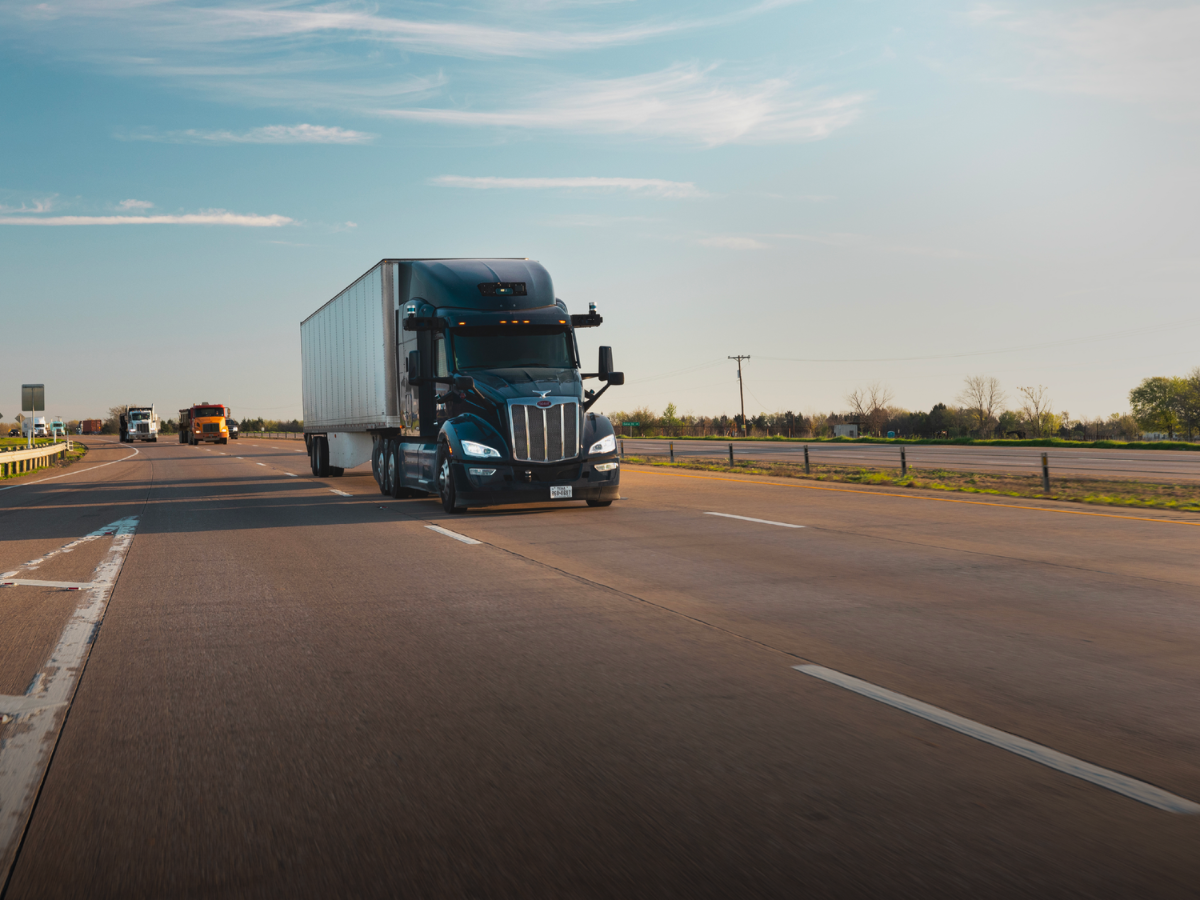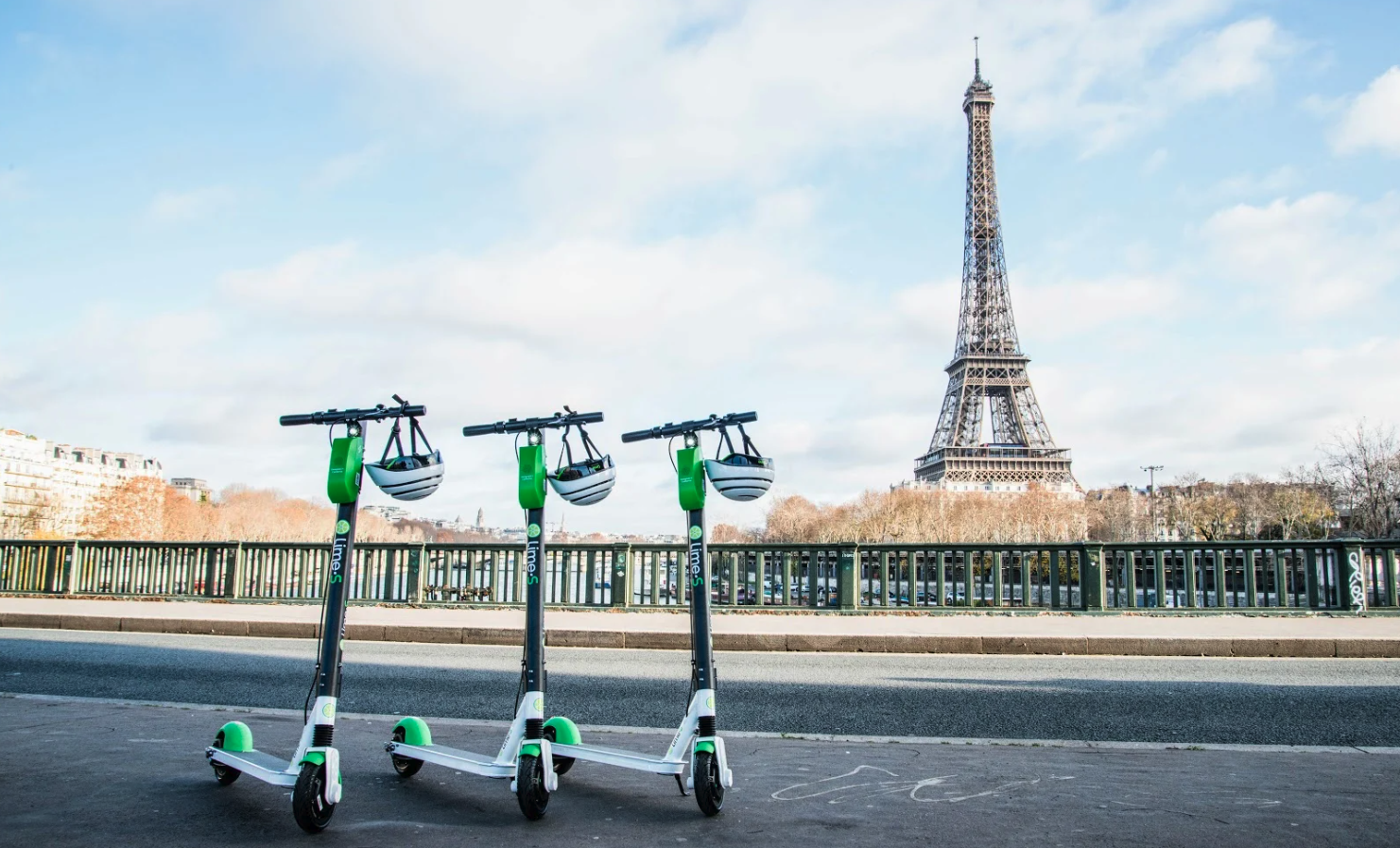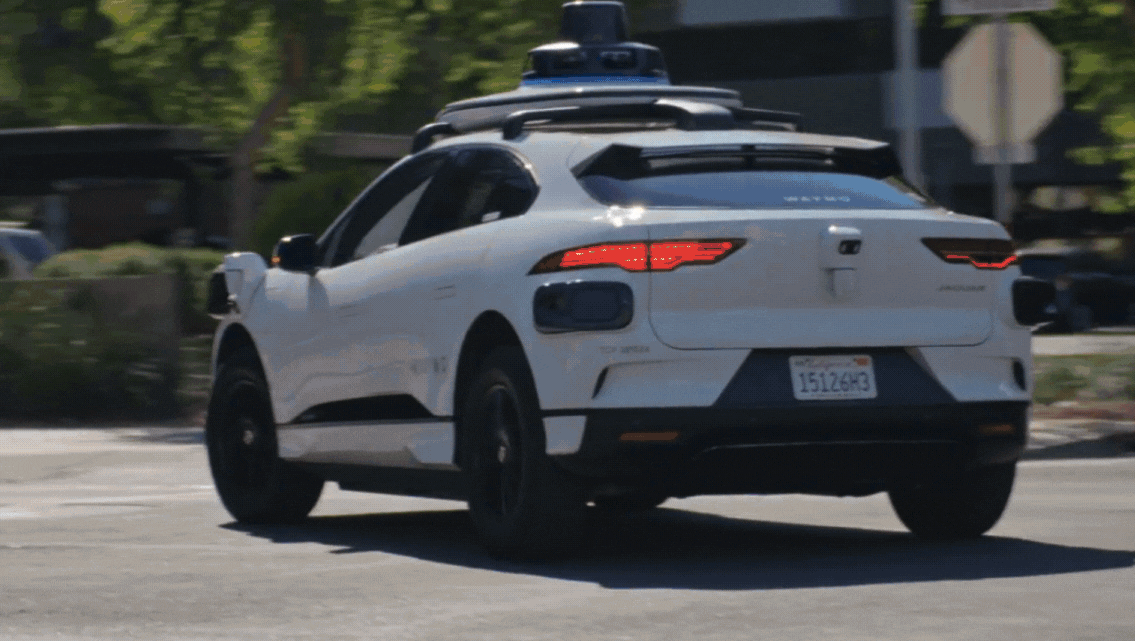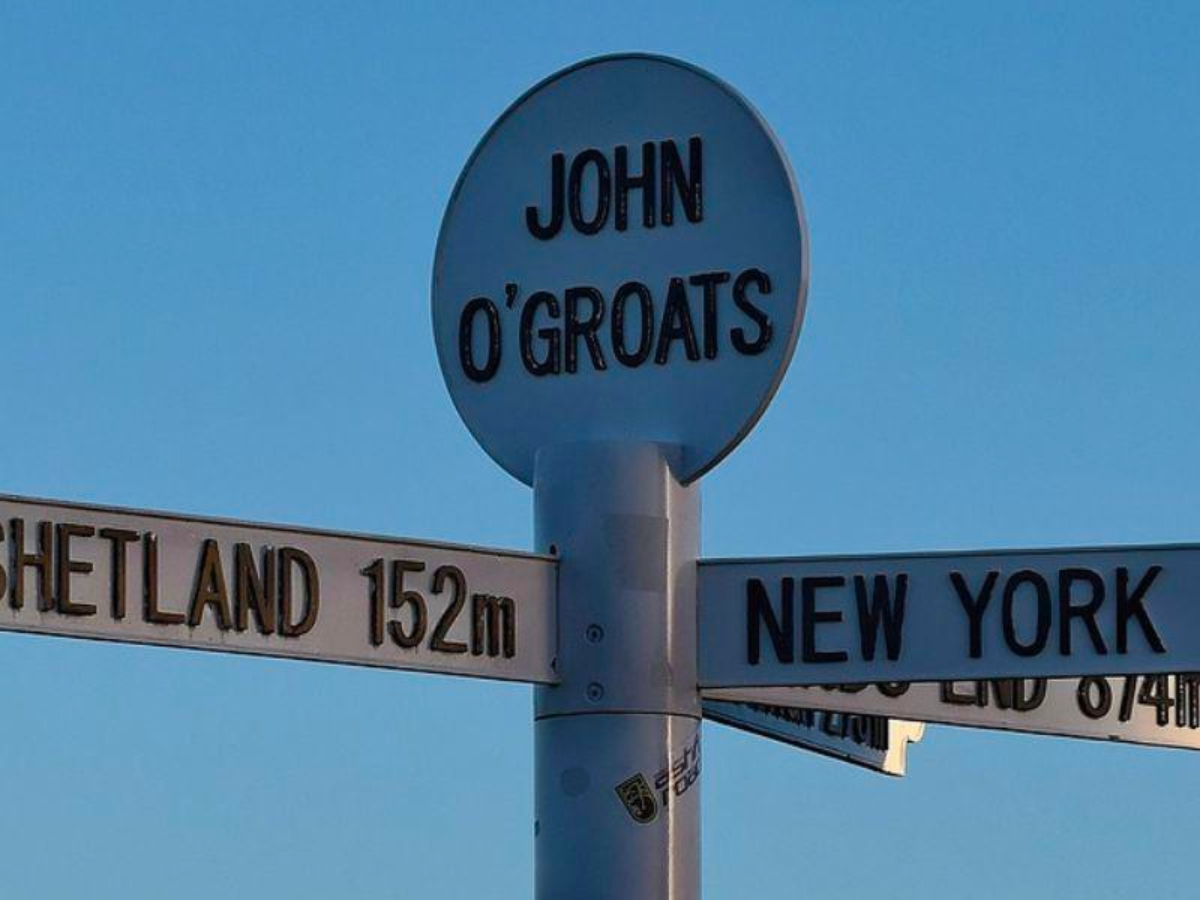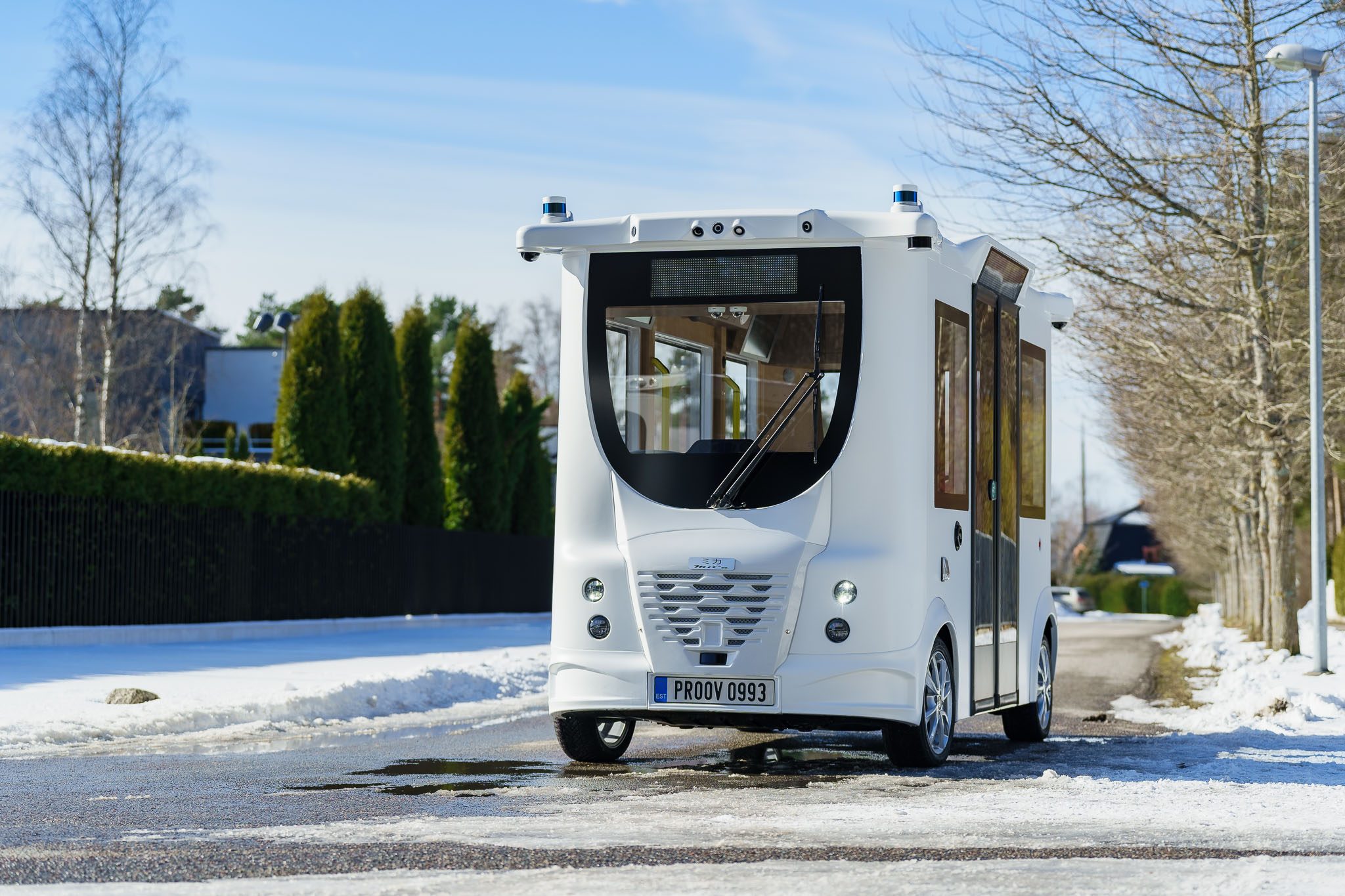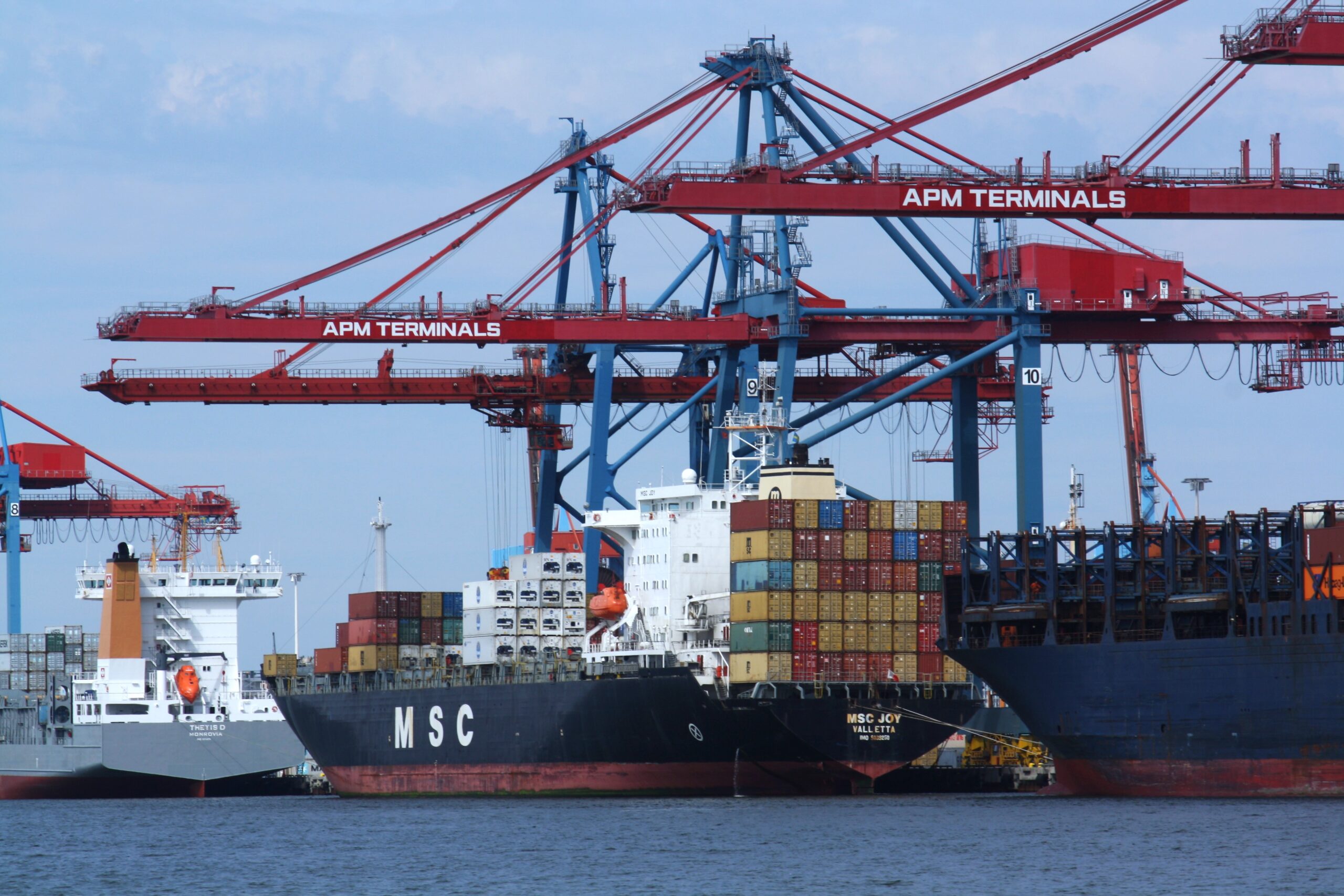Holland Shipyards Group, Sequana Développement and Roboat have announced that their 3D-printed, autonomous electric passenger ferry will be in operation on the river Seine by the summer of 2024 in time for the Paris 2024 Olympics.
In December 2022, the consortium consisting of Holland Shipyards Group, Sequana Développement and Roboat was named the winner of a countrywide call for projects developing autonomous passenger boats.
This call was initiated by the French inland waterway authority, Voies Navigables de France.
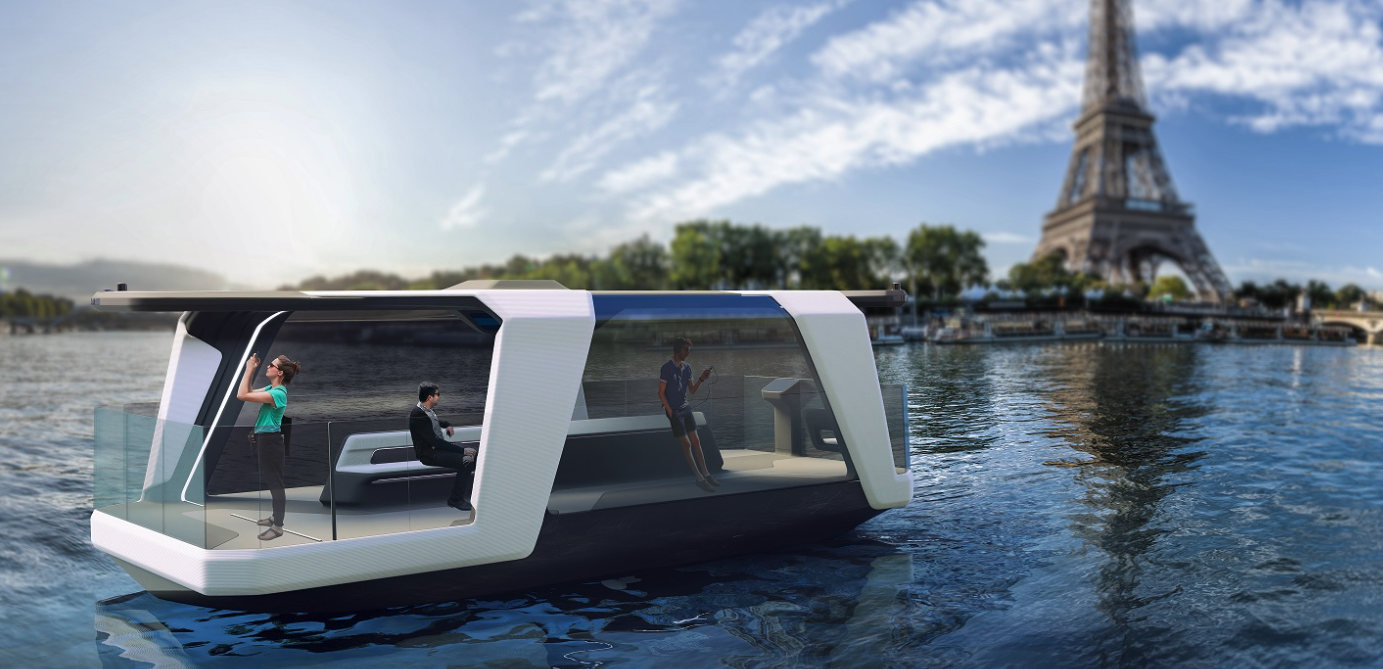
The winning consortium’s ferry will be 3D printed using recycled materials. With dimensions of 9 by 3.90 metres, it will be the largest 3D-printed autonomous ferry produced to date.
As well as travelling autonomously on the river, the ferry’s mooring and charging procedures will take place automatically.
Leendert Hoogendoorn, Director of Holland Shipyards Group, said:The 3D print build method opens up a new exciting chapter in shipbuilding.
The ferry will be deployed in the summer of 2024 in an unconfirmed key location. It will operate in the vicinity of major sporting events to enable visitors and athletes to access this transport option.
Utilising existing waterways can help cities across the globe improve and decarbonise their urban mobility networks by reducing emissions and road congestion.
This potential has previously been explored by Roboat, who conducted the world’s first major research project on autonomous floating vessels in metropolitan areas. This 5-year Roboat programme focused on developing and testing electric self-driving boats on urban waterways.
Ynse Deinema, CEO Roboat, said:Autonomous ferries will create new connections over existing waterways in cities worldwide.
As the 777-kilometre River Seine runs directly through Paris, the French capital offers an ideal location to further deploy autonomous electric boats in an urban area.
Earlier this year, the City of Paris and RiverCat France also announced that an autonomous electric river transport service will open on the Seine in April 2024 for use by the general public.




